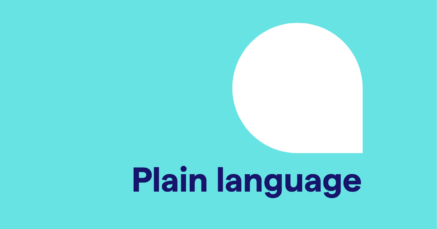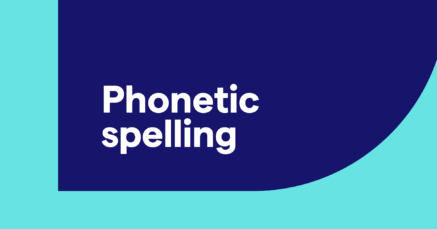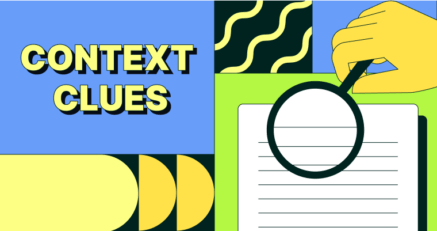Writing Techniques
 A Guide to Using Plain Language at WorkPlain language is simple, direct language that communicates ideas and messages clearly. In the workplace, plain language is...November 8, 2024
A Guide to Using Plain Language at WorkPlain language is simple, direct language that communicates ideas and messages clearly. In the workplace, plain language is...November 8, 2024 Phonetic Spelling: What It Is and How to Use ItSound is one reason the traditional English language is complex—it includes potentially confusing elements such as homophones and...October 31, 2024
Phonetic Spelling: What It Is and How to Use ItSound is one reason the traditional English language is complex—it includes potentially confusing elements such as homophones and...October 31, 2024 What is Story Structure? 8 Types You Should KnowBefore writing a story, you should pick the story structure you want to follow. Story structure serves as a literary blueprint,...October 8, 2024
What is Story Structure? 8 Types You Should KnowBefore writing a story, you should pick the story structure you want to follow. Story structure serves as a literary blueprint,...October 8, 2024 50 Effective “CTAs” (Calls to Action): Tips and ExamplesThe power of a well-crafted call to action is the key to meeting your sales goals. You can write about a topic all you want, but...December 12, 2023
50 Effective “CTAs” (Calls to Action): Tips and ExamplesThe power of a well-crafted call to action is the key to meeting your sales goals. You can write about a topic all you want, but...December 12, 2023 What Are Context Clues? A Guide to Identifying and Using ThemWhen you ask about the meaning of a word, “use context clues” is not the answer you expect to hear. However, using context clues...December 11, 2023
What Are Context Clues? A Guide to Identifying and Using ThemWhen you ask about the meaning of a word, “use context clues” is not the answer you expect to hear. However, using context clues...December 11, 2023 What Is Prose? Definition, Meaning, and ExamplesIf you’re familiar with prose, you’ve probably heard it defined as “not poetry.” In truth, its definition is more expansive....December 1, 2023
What Is Prose? Definition, Meaning, and ExamplesIf you’re familiar with prose, you’ve probably heard it defined as “not poetry.” In truth, its definition is more expansive....December 1, 2023 What Is Literary Criticism? Definition, Types, and ExamplesAnyone can have an opinion about a book (loved it, hated it, page-turner, total drag), but the ability to substantiate and...June 22, 2023
What Is Literary Criticism? Definition, Types, and ExamplesAnyone can have an opinion about a book (loved it, hated it, page-turner, total drag), but the ability to substantiate and...June 22, 2023 A Guide to Tone Indicators: How They Work and How to Use ThemHave you ever accidentally offended someone over text message? It happens. Unlike in speech, tone can be hard to convey and...May 8, 2023
A Guide to Tone Indicators: How They Work and How to Use ThemHave you ever accidentally offended someone over text message? It happens. Unlike in speech, tone can be hard to convey and...May 8, 2023 Focus: Relate Sentences to a Paragraph’s Main IdeaFew things are more frustrating than reading a paragraph, reaching its end, and then wondering, “What the #@*% did I just read?”...January 18, 2023
Focus: Relate Sentences to a Paragraph’s Main IdeaFew things are more frustrating than reading a paragraph, reaching its end, and then wondering, “What the #@*% did I just read?”...January 18, 2023 Clarity: Sharpen Vague Sentences and ParagraphsWhen you write, clarity should be one of your top priorities. This is the case for every type of writing. Clear writing that...January 10, 2023
Clarity: Sharpen Vague Sentences and ParagraphsWhen you write, clarity should be one of your top priorities. This is the case for every type of writing. Clear writing that...January 10, 2023